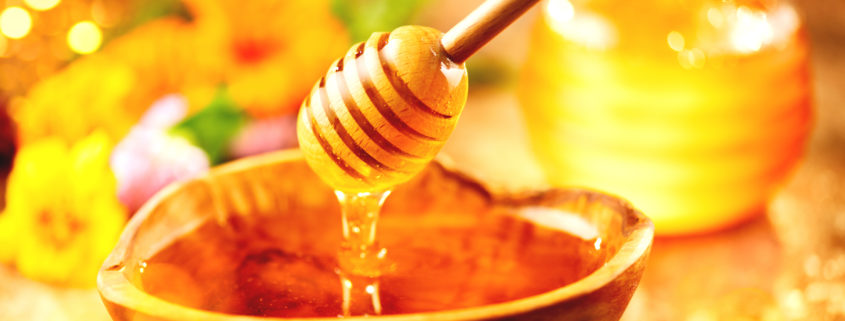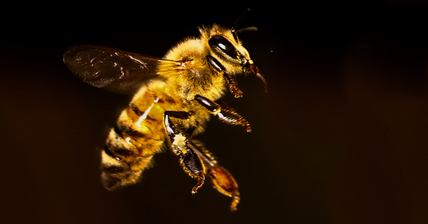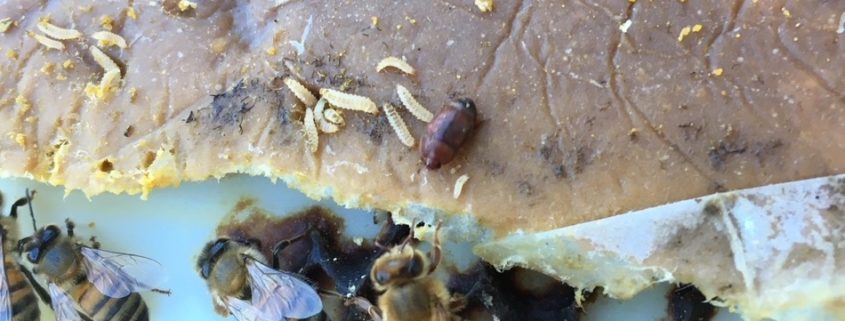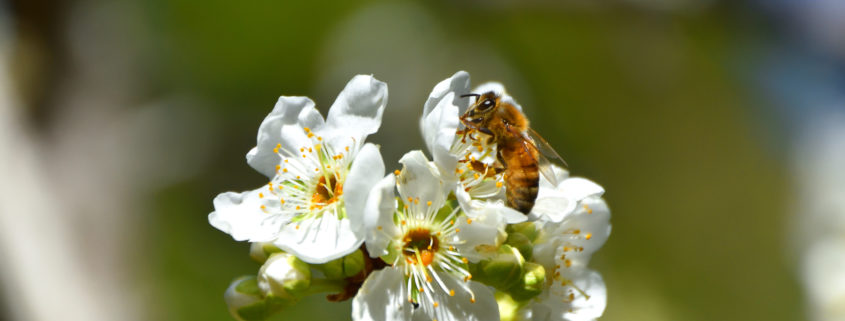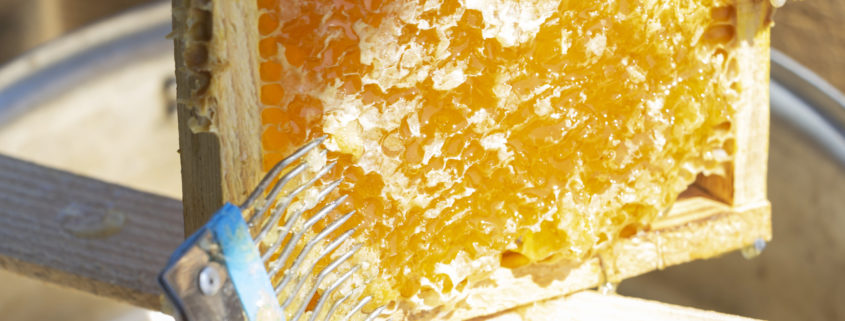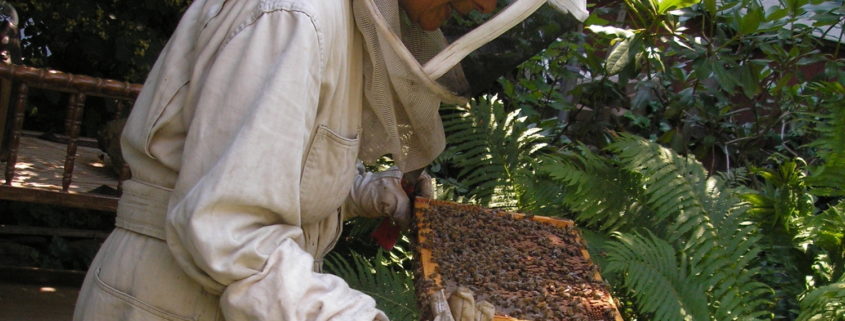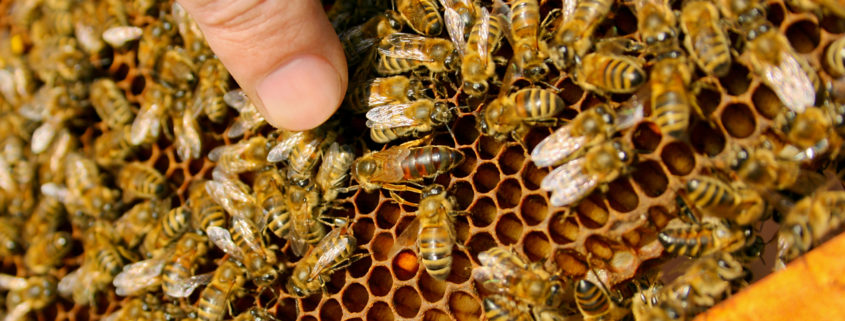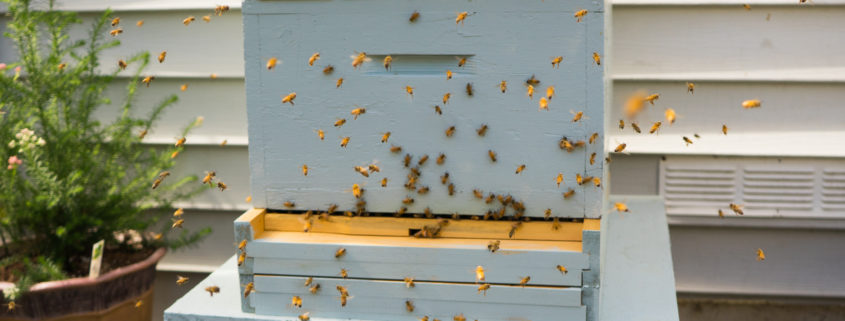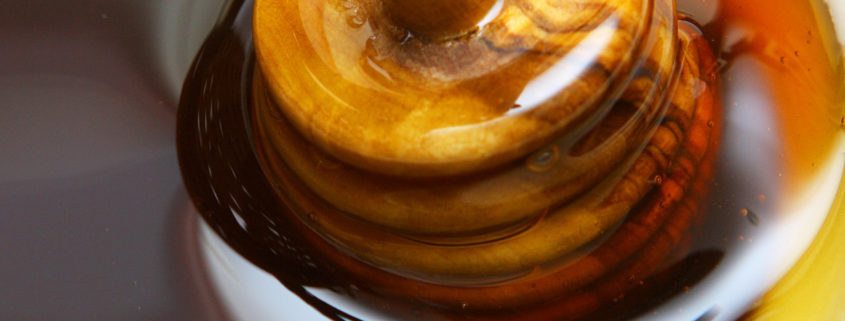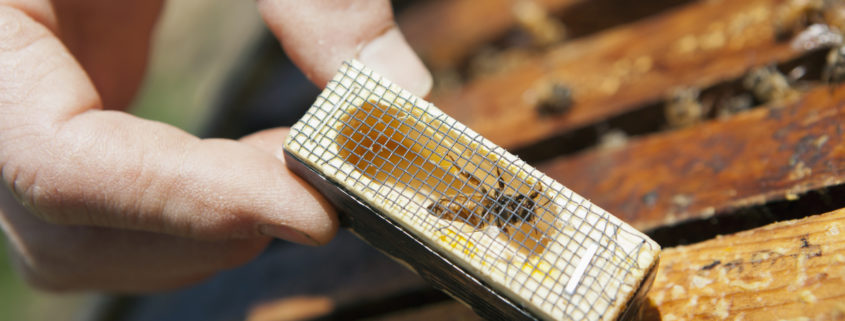The Health Benefits of Honey
Honey is notorious for being a delicious addition to recipes, it’s also well-known for being a versatile ingredient with many uses. In addition to being a natural sweetener, honey contains antiviral, anti-inflammatory, antioxidant, antiseptic, antimicrobial, and antibacterial properties – making it one of the most popular ingredients used in health and beauty. In fact, alternative uses for honey have been recorded throughout history by many cultures, as far back as 2000 BC!
The medicinal and nutritional value of honey can differ between varieties, as the nectars origin plant helps determine many of the honey’s unique properties. It’s also believed that raw honey contains more of these properties when compared to regular pasteurized honey, often found in grocery stores. Raw honey is often cloudier with a thicker consistency and contains beneficial ingredients such as bee pollen, bee propolis, vitamins, minerals, amino acids, and antioxidants. Unfortunately, the high heat used in pasteurization can destroy some of these properties, however, it does produce a clearer, more aesthetically pleasing product, which some prefer.
Numerous scientific studies support the beneficial properties of honey, confirming over 200 substances, from vitamins C, B1, B2, and B6 to potassium, calcium, and, of course, sugar. This wide range of components is what makes honey so versatile in its benefits and uses. For instance, natural sugars glucose and fructose account for 95-99% of honey’s contents. Glucose and fructose don’t just taste delicious, they contain enzymes and other components which make honey great for wound dressing and a safer sweetener for people with type I or II diabetes.
Although many of us eat honey simply for its delicious taste, there are many other reasons to consume it. Whether you add it to your hot or cold beverage or your favorite meal, the benefits are endless. Not only is it famous for alleviating cough and cold symptoms, but it’s also been shown that honey helps reduce acid reflux, aka heartburn, treat ulcers, helps relieve allergies and hay fever, and reduces nausea – some people even use it as a natural pre-workout energy boost!
The uses for honey are far from limited. It can also be applied topically on the skin to treat a variety of ailments, such as psoriasis, eczema, dermatitis, dandruff, and acne. This natural moisturizer is a perfect ingredient for lotions, lip balm, shampoos, soaps, and aftershaves – you can even add it to your bath to help soothe dry skin! The healing properties of honey can also be applied to burns or scrapes of the skin to help fight infection and reduce healing time – essentially honey is nature’s all-purpose healing salve.
It’s no surprise that raw honey has been used widely throughout history, from Ancient Greece and Egypt to traditional Chinese Medicine. Whether it is consumed or applied topically, the health benefits are considerable and hard to ignore. Whether you’re in search of all-natural skincare and moisturizer, need to relieve cold symptoms, treat a burn, or just want a little something sweet on your toast, honey is a staple ingredient to keep in any home pantry!

